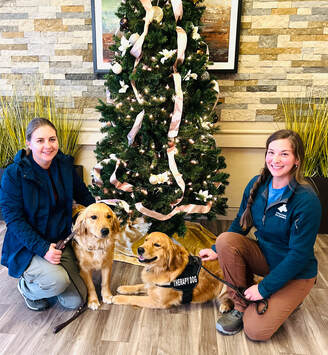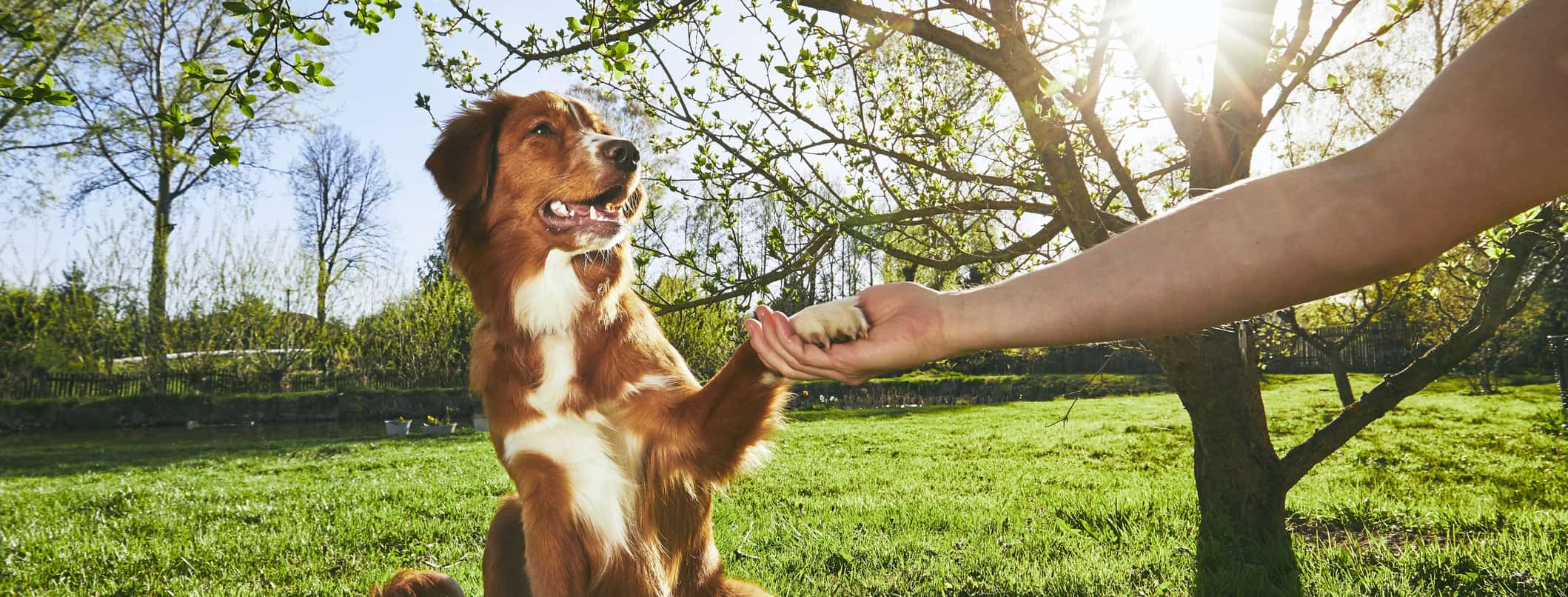Comprehending Dog Body Language During Dog Training
Comprehending Dog Body Language During Dog Training
Blog Article
Important Tips for Successful Dog Training: A Guide for Animal Owners
Efficient pet dog training is a complex procedure that calls for a strategic approach customized to both the pet's temperament and the owner's objectives. Key elements such as establishing constant commands, utilizing positive reinforcement, and assisting in early socialization play vital functions in promoting a well-adjusted canine buddy. Numerous animal owners run into obstacles that can impede progress, leading to aggravation and uncertainty. Recognizing just how to browse these obstacles can substantially improve the training experience, ultimately changing the connection between proprietor and canine. What are the important strategies that can be used to make sure success in this endeavor?
Comprehending Canine Actions
Comprehending pet actions is necessary for effective training and cultivating an unified relationship between canines and their owners. dog training. Pets connect primarily via body language, vocalizations, and actions, making it crucial for proprietors to translate these signals properly.

Socializing plays a substantial role in dog actions; direct exposure to numerous settings, individuals, and various other pets can dramatically impact a dog's temperament. Moreover, aspects such as breed qualities and specific character ought to guide training approaches, as some types may have particular behavioral traits that demand customized methods. By comprehending these aspects, proprietors can create an encouraging environment that urges positive actions, causing successful training end results and a deeper bond with their family pets.
Establishing Constant Commands
Effective communication with your pet starts with developing constant commands. This fundamental element of training is crucial for promoting understanding between you and your family pet. Uniformity in the commands you utilize makes certain that your canine can dependably link particular words or expressions with the preferred actions.
When selecting commands, pick clear, unique words that are simple to set apart and say from each other. Stay clear of using similar-sounding commands that may perplex your dog. Using "rest" and "remain" is appropriate, but "sit" and "hit" might lead to misconceptions.
In addition, keep the same tone and volume for each command. Canines are sensitive to vocal hints, so differing your tone can develop complication.
It is equally important to make sure that all relative are on the exact same web page regarding the commands made use of. A united front in command use will prevent combined signals and strengthen the understanding procedure.
Positive Support Methods
The power of favorable support in dog training depends on its capability to encourage wanted behaviors via benefits and praise. This strategy is grounded in the concept that habits followed by favorable outcomes are more probable to be repeated. By including favorable reinforcement right into your training program, you can efficiently shape your dog's behavior in a constructive way.
To apply favorable reinforcement, it's necessary to recognize what encourages your canine, whether it be treats, playthings, or spoken praise. When your canine carries out a preferred activity, such as sitting on command, promptly compensate them with a reward or love. This organization between the pop over to this web-site command and the favorable result enhances their understanding.
It's essential to timing the benefits correctly; delivering the reinforcement within secs of the wanted behavior assists your pet make the connection (dog training). Furthermore, uniformity is vital-- guarantee that all relative make use of the same commands and reward systems to avoid complication

Gradually, you can decrease the regularity of treats as your dog discovers the habits, transitioning to commend or recurring rewards. This method not only promotes a strong bond between you and your pet dog however additionally advertises a favorable understanding environment, making educating a pleasurable experience for both.
Socialization and Interaction
Constantly revealing your pet to a variety of environments, people, and various other pets is crucial for their social development. Socialization should begin early, preferably during the important home window of 3 to 14 weeks, when pups are most responsive to brand-new experiences. Older pets can additionally profit from continuous socialization efforts.
Present your pet to various settings, such as parks, pet-friendly stores, and urban areas. This direct exposure aids them adjust to different stimuli, decreasing anxiety and worry reactions. Encourage favorable communications with other pet dogs and people, guaranteeing that these encounters are controlled and safe to cultivate confidence.
Utilize organized playdates with courteous dogs, as this can boost your canine's social abilities and show them ideal habits. Obedience courses and training sessions likewise give outstanding opportunities for socialization, permitting your pet dog to interact with others in a supervised setting.
Screen your pet's body language during communications, as this will assist you gauge their comfort degree. Progressively enhance direct exposure to more tough scenarios while guaranteeing that each experience declares. A well-socialized dog is more probable to exhibit balanced habits, making them a pleasure to have in any setting.
Attending To Usual Training Challenges
Every canine proprietor will certainly encounter training difficulties eventually, despite their dog's age or socialization level. Determining usual issues such as stubbornness, diversions, and terror can aid in creating effective techniques for enhancement.

Gradually present disturbances as the pet dog ends up being extra competent in commands. Short, frequent training sessions are also reliable in preserving interest.
Terror can prevent a pet browse around these guys dog's discovering process. Steady desensitization to the resource of worry, coupled with favorable support, can help reduce anxiousness. Perseverance is vital; never force a pet right into a circumstance that causes distress, as this might worsen the click for info problem.
Eventually, understanding and resolving these typical challenges with an organized method will cultivate a more productive training experience, reinforcing the bond between pet and proprietor while promoting reliable discovering.
Conclusion
In recap, successful pet training depends on a comprehensive understanding of canine behavior, the facility of consistent commands, and the application of positive support methods. Socialization plays a critical role in creating well-adjusted animals, while addressing typical training challenges needs persistence and flexibility. By executing these important approaches, animal proprietors can foster a strong bond with their pet dogs and promote preferable actions, ultimately leading to a harmonious partnership in between human beings and their canine companions.
Comprehending pet dog actions is important for efficient training and cultivating an unified relationship between dogs and their proprietors.Socializing plays a substantial duty in dog behavior; exposure to different atmospheres, people, and other pets can considerably influence a canine's character.The power of positive reinforcement in dog training lies in its ability to encourage preferred habits with benefits and praise. By integrating positive reinforcement into your training regimen, you can efficiently shape your canine's habits in a useful manner.
In summary, successful dog training counts on a comprehensive understanding of canine behavior, the facility of regular commands, and the application of favorable support methods.
Report this page